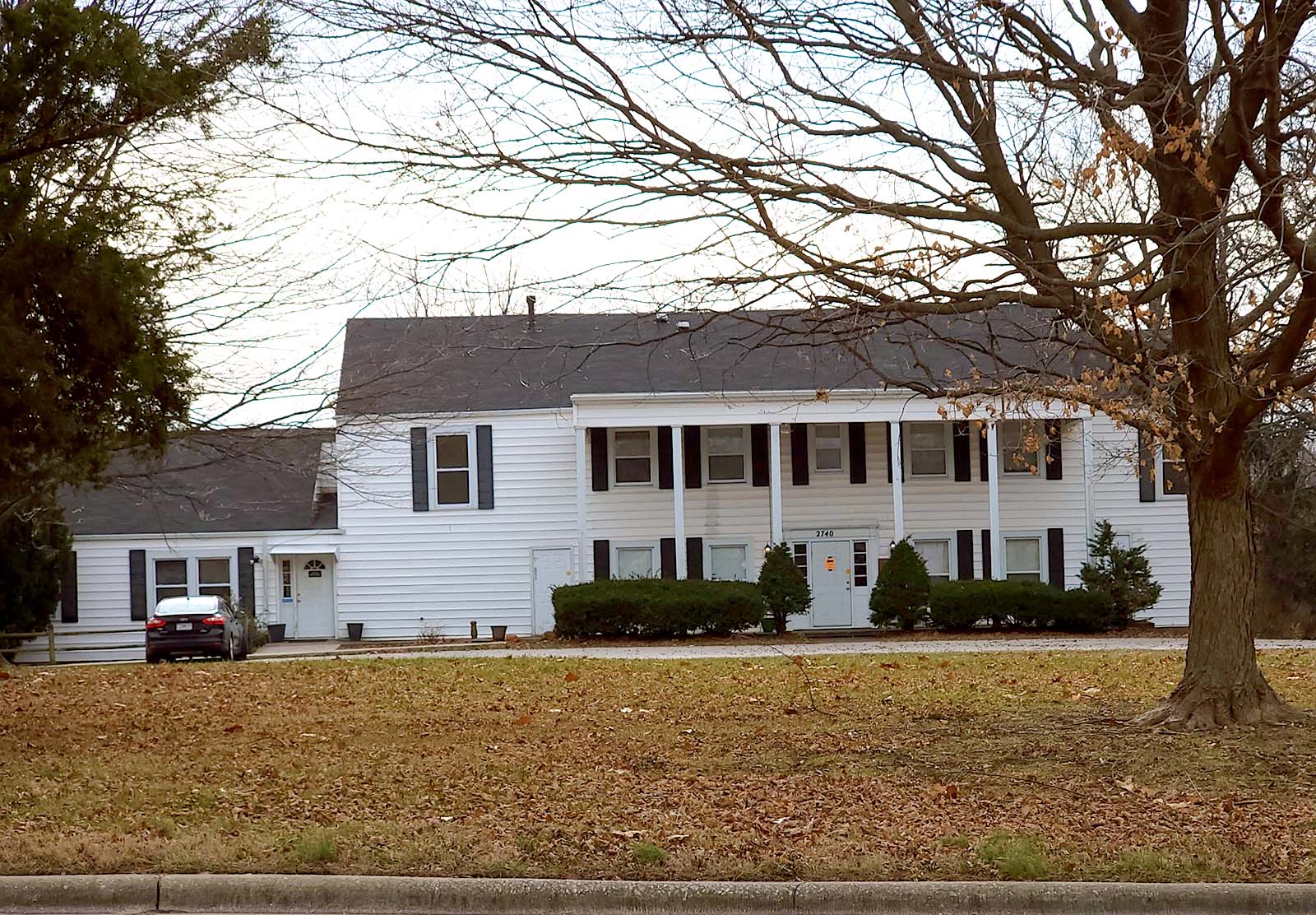For the past 40 years, the large white home at 2740 E. Pythian St. has served as the Ashley House, a program of the Presbyterian Children’s Home and Services that provided shelter and services for young girls in the foster care system.
Due to staffing shortages, Ashley House closed Dec. 16 when the last of its residents were moved into other transitional group homes or foster homes.
Alisa Griffiths is the program director for Presbyterian Children’s Home and Services’ Missouri Residential Programs.
“Staffing has been an issue for almost two years,” Griffiths said. “According to our license, we have to have at least two people on shift at all times, and we are a 24/7 facility.”
Griffiths blamed today’s job market for the staffing shortage. In her view, the pay was competitive but the job could be difficult and stressful. Plus, being a 24/7 facility meant that nights and weekend shifts needed to be covered.

“We were down below 40 percent of our staffing and we couldn’t provide the service to the level we wanted,” she said. “It’s the evening and the weekends. And it’s hard work. It’s hard work working with 10 teenagers with trauma issues.
“It just requires a lot of emotional energy to manage that,” Griffiths said. “And when you are short staffed, you are not able to provide the structure and the programming to the level it needs to be.”
When it was in operation, Ashley House could be home to up to 10 girls.
While at Ashley House, the girls learned life skills, like cooking, healthy eating, grocery shopping on a budget, time management and how to maintain a home and be a good roommate. They were taught how to get important documents like Social Security cards and driver's licenses and learned social skills.
Large white home will continue to serve
After some much-needed repairs and renovations, the large white home will be converted into a different type of transitional home for kids aging out of foster care — one that doesn’t require 24/7 staffing.
Griffiths said it will become a home for youth aged 18 and up.
“We are going to focus more on community apartments and transitional living services,” Griffiths explained. “It will be just like if you rented a house in the community. People will have private bedrooms, but there will be a community kitchen, living room and dining room.
“And then our offices will still be next door,” she said. “So for kids who still need that extra support, we will be there. But they will have independence.”
Since the residents will still be in the foster care system, their housing expenses are covered by the state.

If they have a job, they’ll pay rent, Griffiths explained. But that “rent” goes into a savings account for them when they leave foster care.
“We have had kids leave care with $40,000 or $50,000 from some of these scattered site programs,” she said.
Griffiths said she is unsure how long it will take to get the 6,000-square-foot home renovated into a scattered-site facility.
“We’ve had probably just in the last two years about 130 kids through there. So it needs some paint,” she said. “We want to get in there with maintenance and fix it up a bit, because we have to make it less of a residential facility and more of a home.”
The history of Ashley House
The following information was provided by Alisa Griffiths:
Responding to a community need in Springfield, the Regional Girls’ Shelter was founded in 1974 by a group of concerned citizens that included Church Women United, the Junior League and the Springfield Area Council of Churches.
In 1979, it merged with Presbyterian Home for Children to serve troubled teenage girls within a 26-county area in southwest Missouri. It served girls between the ages of 13 and 18, with serious problems at home, who have survived abuse and neglect.
In 1982, Dr. and Mrs. Thomas Ashley of Springfield joined with a group of caring citizens who helped Regional Girls’ Shelter obtain a new house for the girls. The former Ashley homestead was renovated, added to and dedicated as Cindy Ashley Cottage in memory of the Ashley’s daughter.
Then in 1988, property directly across the street became available and a gift purchase was made possible by funds from the Neil K. Stenger family. In addition, that year, the Herschend Family Foundation donated an adjoining property to the shelter for future program expansion.

